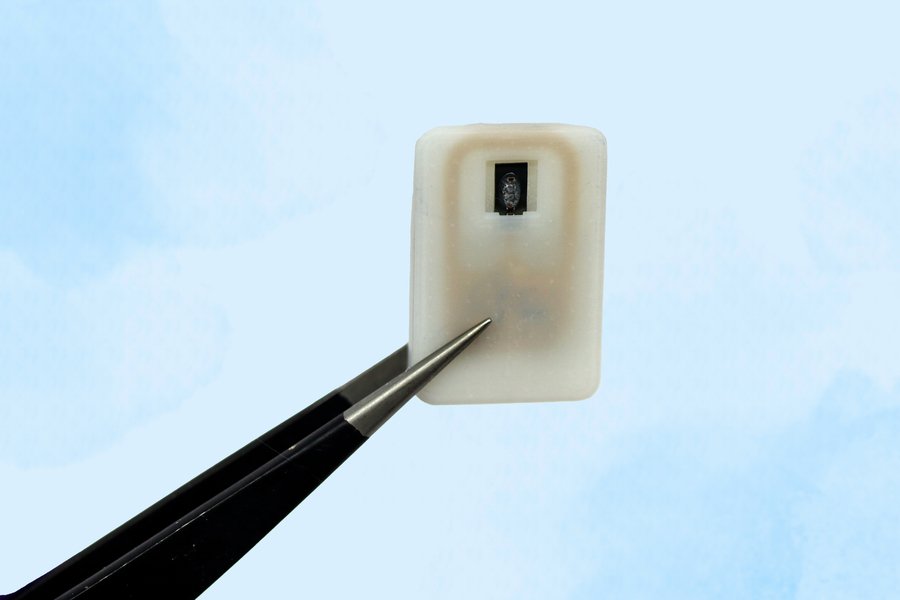For people with type 1 diabetes, dangerously low blood sugar—hypoglycemia—can strike without warning, especially during sleep or in children who can’t self-administer treatment. To address this, MIT engineers have developed a quarter-sized implantable device that stores powdered glucagon and can release it on demand, offering a potentially life-saving backup system for patients at risk.
The device consists of a 3D-printed polymer reservoir sealed with a shape-memory alloy that curls open when heated to 40°C. It contains a stable, powdered form of glucagon (a hormone that raises blood sugar), which is released when the device is triggered—either manually or automatically via a glucose monitor. The system includes a tiny antenna that responds to specific radio frequencies, allowing wireless activation. In animal studies, the device successfully reversed hypoglycemia in diabetic mice within 10 minutes of activation.
Beyond glucagon, the team also demonstrated the device’s ability to deliver epinephrine, suggesting broader applications for emergency drug delivery—such as treating anaphylaxis or cardiac arrest. The implant remained functional even after fibrotic tissue formed around it, and researchers are now working to extend its lifespan from four weeks to a year or more.
The goal is to create a discreet, always-ready safety net that could be especially valuable for children, people who live alone, or anyone with impaired hypoglycemia awareness. Clinical trials are expected within the next three years, and the team envisions future versions that integrate directly with continuous glucose monitors for fully automated response.
Article from MIT: Implantable device could save diabetes patients from dangerously low blood sugar
Abstract in Nature Biomedical Engineering: Emergency delivery of particulate drugs by active ejection using in vivo wireless devices

